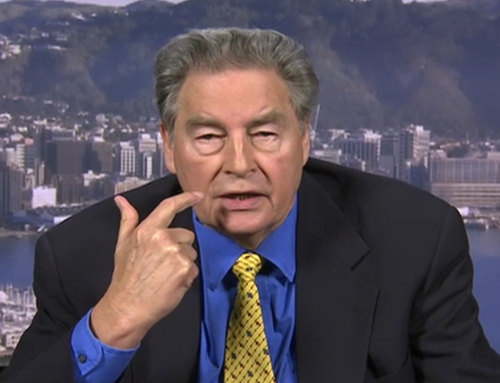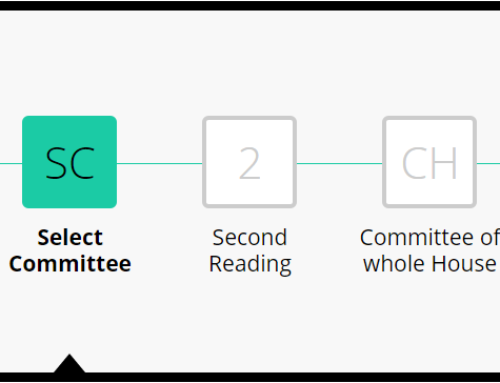Various commenters on the Uni’s Facebook page for our Google Hangout earlier this week have urged me & my colleagues to read The Case Against Fluoride, by Drs Connett, Beck & Micklem. One of the reasons we should do is, we’re told, is because it’s got a whole 80 pages of references (or, as one commenter put it, over 1000 references). Which sounds impressive. (Dr Connett says it himself: “You will note that every argument in this book is backed up with references to the scientific literature – 80 pages in all.”) But because I do like to check impressive-sounding numbers (especially when they’ve been used as a persuading point), when I got hold of a copy of the book, the References section was the first place I went.
References are separated into two Appendices and the ‘Endnotes’, which together add up to around 80 pages. At least some sources of those in the appendices don’t appear to be cited in the main body of the work, which surprised me a bit: if the material in them is relevant to the book’s core thesis, then personally I’d expect to see them cited therein.
On to the endnotes: the first thing I noticed is that a fair number of sources appeared to have been listed multiple times, even within a single chapter. This does have the effect of pumping up the size of the references section. How much? I sat down & did a quick count (& yes, I may have missed some).
Looking only at duplicate references within chapters (not between, although there was some duplication there), I found 389 examples where the same source is given multiple citation numbers: 31% of the total 1244 numbered references in the Endnotes are duplicates. That leaves 855 ‘single’ citations, of which 32 are for newspaper stories, magazines, and newsletters; 25 letters, 20 testimonials/personal communications; and 17 videos. The remainder was for books (45) and various journal articles and reports.
Now, I’d actually expect a number of ‘non-traditional’ sources in a popular science book, one that’s hoping to get people to read more widely on the subject. But it’s the first time I’ve seen TV programs/videos, letters, and newspaper articles described as ‘scientific literature’. (This is not to say anything about the content of the book because I’ve only started looking through it. But it does show the commenters’ claims to be somewhat hyperbolic.)






Leave a Reply